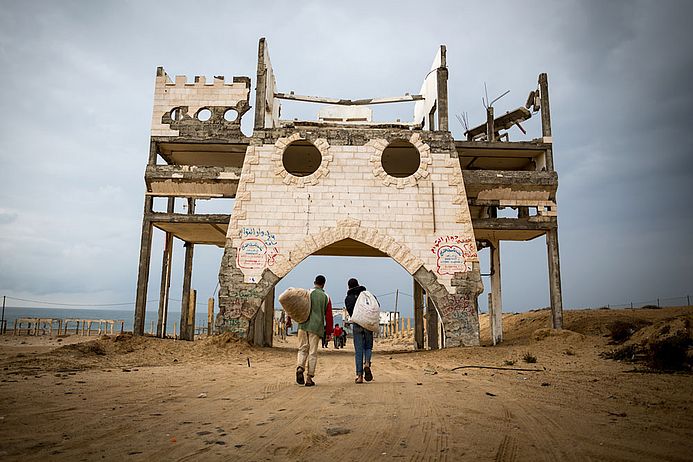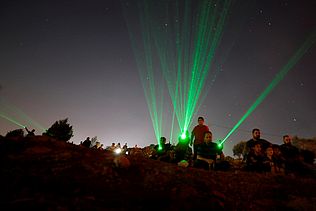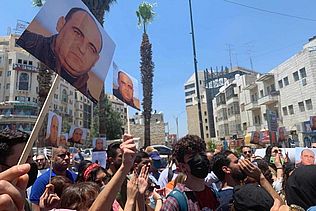On the evening of 7 July 2014, the attack on Gaza began with full military force. It lasted more than seven weeks. With few exceptions, despite the presence of international media, over 2,200 people died an anonymous death in the sealed-off Gaza Strip, the majority of them civilians, including hundreds of children. However, even for these killings and the destruction of non-military buildings and infrastructure there are rules: international humanitarian law. Anonymity is both a cause and the effect of a system which creates and preserves impunity. Already during the military operation, the suspicion was voiced that the Israeli army had violated fundamental rules of war. However, the residents of Gaza face almost insuperable obstacles when they seek access to Israeli courts , because of the blockade. This makes claims for accountability and compensation against Israeli security forces difficult or even impossible.
The medico partner Al Mezan Center for Human Rights in Gaza has documented the circumstances of the deaths of hundreds of people and the destruction of non-military infrastructure throughout the Gaza Strip, with the goal of enabling civilians to sue for damages. This documentation also served as a basis for the international commission of enquiry of the United Nations Human Rights Council that investigated the accusation of war crimes. Since that summer, Al Mezan and Adalah, another medico partner, have filed 15 lawsuits and calls for investigation with the Israeli Military Advocate General. Hundreds more cases have been submitted to him with the request to examine the files. . However, the petition, in which Adalah and Al Mezan together with other human rights organisations requested access to Israeli courts for the residents of Gaza, was rejected by the Supreme Court in Jerusalem in December 2014.
During the violence, medico partners provided emergency medical aid. The Palestinian Medical Relief Society (PMRS) treated internally displaced persons in mobile clinics and provided emergency follow-up treatment. The community-oriented organisation for women and youth Culture and Free Thought Association distributed clothing, hygiene packages, mattresses, water and food to internally displaced persons in Khan Younis, in the south of the Gaza Strip. Physicians for Human Rights – Israel sent a number of trucks carrying medical drugs and supplies to the Gaza Strip during the war and helped wounded people to get exit permits to be treated in Israel and abroad, showing that there are groups in Israeli society who still support a just peace.
Meanwhile, even in 2015, the people in Gaza wait for reconstruction to begin. Over 100,000 people are still homeless. There is still no sign of the aid promised at the Cairo Conference in October 2014. Robert Turner, Director of the UNRWA in Gaza recently said, “Not a single one of the houses destroyed in summer 2014 has been rebuilt.” He has no illusions about the causes of the problems in the Gaza Strip. “The blockade has almost entirely destroyed the private sector, and created poverty and unemployment. We have witnessed a process of de-development.” The terror of the bombs is just one element in a strategy to shatter all hope for the people in Gaza, and turn life into a powerless struggle to survive in an increasingly grim reality.




